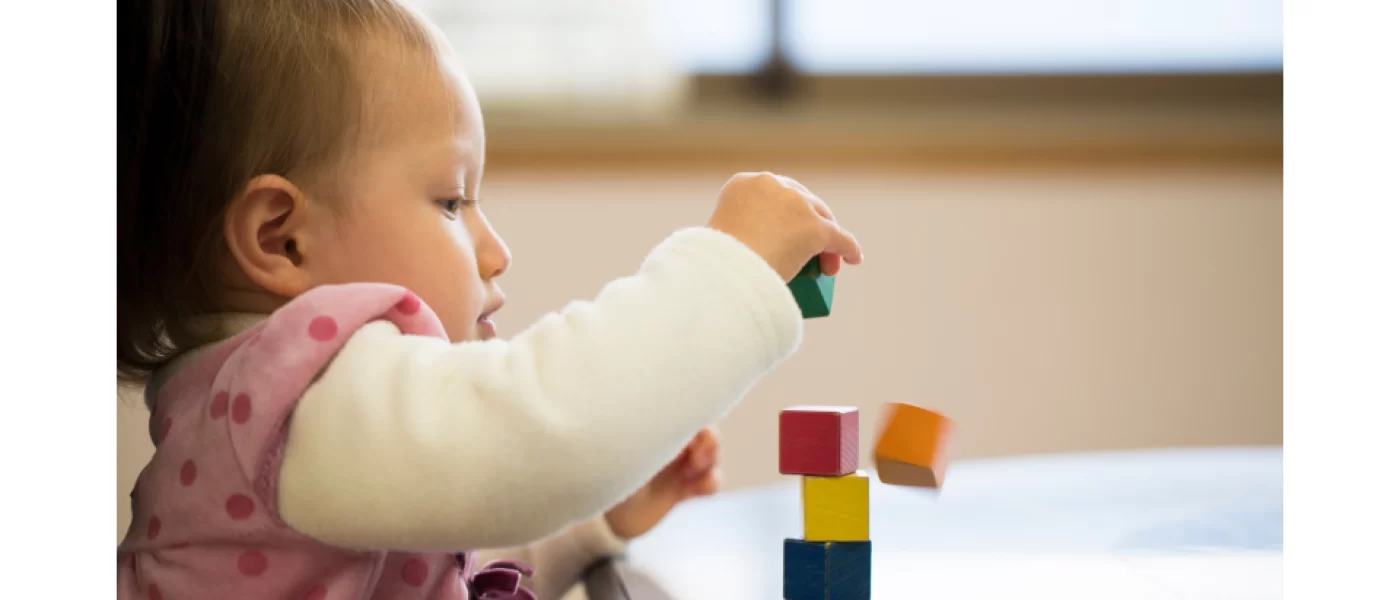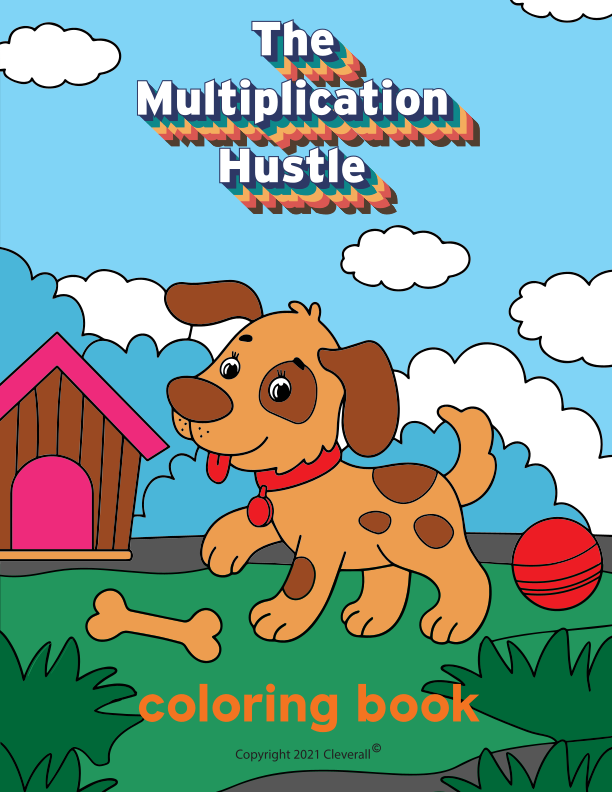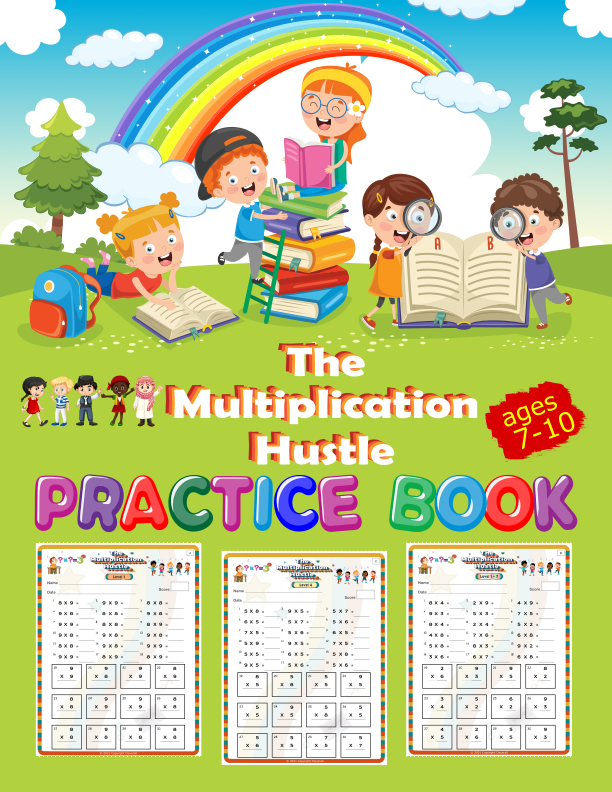Introduction
When it comes to math learning, there is no one-size-fits-all solution. Every child learns differently, and what works for one may not work for another. But there is one type of math learning tool that has been proven to be effective for all kinds of learners: manipulatives.
Manipulatives are objects that can be moved or rearranged to help children understand concepts in a concrete way. They are an essential part of any math classroom, and there are many different types available to suit different needs. In this blog post, we will explore the best math manipulatives for elementary students, including those with special needs.

Learning Resources
There are a number of great math manipulatives for elementary students. One of the best is Cuisenaire rods. These rods are flexible and can be used to create a wide variety of shapes and patterns. They are also color-coded, which makes them easy to use for early math concepts such as addition and subtraction.
Other great math manipulatives for elementary students include pattern blocks, Unifix cubes, and fraction circles. These manipulatives can be used to introduce basic geometry concepts, develop fine motor skills, and reinforce fraction concepts.
When choosing math manipulatives for elementary students, it is important to select materials that are durable and easy to use. Manipulatives should also be safe for small children to handle. With so many great options available, there is sure to be a math manipulative that is perfect for your child’s needs.
The most important thing to keep in mind when selecting math manipulatives for elementary students is that they should be fun. If a manipulative is not fun to use, it is unlikely that your child will want to continue using it. Look for manipulatives that are brightly colored and easy to hold. Also, be sure to select manipulatives that can be used in a variety of ways. This will help keep your child’s interest and ensure that he or she gets the most out of the manipulative.

Pattern Blocks and Cards
One of the best math manipulatives for elementary students are pattern blocks and cards. Pattern blocks are small, colorful shapes that can be used to create patterns and designs. Cards can be used to create patterns and designs as well, but are more versatile because they can also be used for counting, addition, subtraction, and multiplication.
Geoboards
Geoboards are one of the best math manipulatives for elementary students. Geoboards are flat boards with pegs that can be used to create patterns and designs. Geoboards are great for teaching geometry, measurement, and fractions.
Dominoes
Dominoes are one of the best math manipulatives for elementary students because they can be used for counting, addition, subtraction, and multiplication. Dominoes can also be used to teach probability and statistics.
Unifix Cubes
Unifix cubes are small, colorful cubes that can be used to create patterns and designs. Unifix cubes are great for teaching addition, subtraction, multiplication, and division.

Unifix Cubes
Unifix cubes are one of the most popular math manipulatives for elementary classrooms. They are small, colorful cubes that can be put together to form a variety of shapes and patterns.
There are many different ways to use Unifix cubes in the classroom. One way is to use them to create visual models of mathematical concepts. For example, Unifix cubes can be used to create a model of addition or multiplication. They can also be used to model fractions or decimals.
Another way to use Unifix cubes is to have students build geometric shapes with them. This is a great way to introduce students to basic concepts like angles, lines, and symmetry.
Finally, Unifix cubes can also be used in problem-solving activities. Students can work together to figure out how many cubes are needed to complete a given task, such as building a specified shape or filling a specific area.
Overall, Unifix cubes are an excellent tool for teaching mathematical concepts to elementary students. They are versatile and engaging, and they offer students a concrete way to visualize abstract ideas.

Base Ten Blocks
Base ten blocks are a great way for kids to learn about place value and number sense. They can be used to model addition, subtraction, multiplication, and division.
One of the best things about base ten blocks is that they’re very versatile. You can use them for a variety of different activities, which makes them great for both home and classroom use.
Here are some ideas for ways to use base ten blocks:
- Model addition and subtraction problems.
- Use them to count by ones, tens, or hundreds.
- Represent numbers in expanded form.
- Model multiplication and division problems.
- Compare numbers using >, <, or = symbols.
- Practice place value by regrouping ones into tens or tens into hundreds.
- Determine the value of a digit in a number.
Find different ways to make a number using the blocks.

Conclusion
There’s no doubt that math manipulatives can be a valuable tool in helping elementary students understand complex concepts. However, with so many different options on the market, it can be hard to know which ones are the best. We hope this list has helped you narrow down your choices and find the perfect math manipulative for your needs.
If you are looking for way to improve overall math performance, check out our blog on Practical Math Skills: Why Were Past Generations Better at Them?


